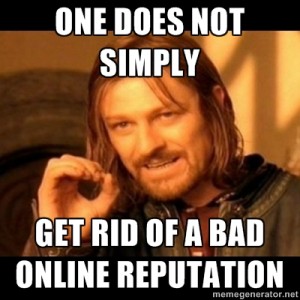
1. Evaluate Your Digital Reputation
Make sure you aren’t logged into Google. Perform a web search on yourself. For example, I searched: “Marie Shanahan”, “Marie K. Shanahan” “Marie Shanahan UConn” and my common screen name “mariekshan.” Check image search, too.
If available, click on any links about you. Answer the following questions in a thoughtful post on the class blog.
- What shows up your first page of results?
- How would you rate your digital footprint? Excellent, Good, Fair, Poor, or Invisible. Why?
- How do you think your digital footprint reflects upon your reputation as a
journalist? - How do you think you should conduct yourself (online and off) if you want/need sources and an audience to trust you?
2. Read This Article
“Online Chaos Demands Radical Action by Journalism to Earn Trust” by Richard Gingras and Sally Lehrman. October 16, 2004.
3. Engaging your audience
Once you have a work of journalism to publish, you need to find an audience for your work. Journalists can use the power of the web to create a community around the topic, if one doesn’t already exist.
You can discuss/promote the work of journalism in “places” where your key audience gathers, including social media sites, blogs and off-line events.
Journalists are expected to be conversation leaders and moderators, and not just “broadcasters” of information.
How do you feel about this new role? Comfortable or uncomfortable? Why?
Add your perspective on engagement to the blog post you’ve started about your online reputation. Separate the two sections with a subhead. Add hyperlinks and at least one image to your post.
Choose “Reputation” as your category. Write an original, keyword-filled headline. Promote your post on FB with an engaging “shareline.”
DUE BY OUR NEXT CLASS ON NOV. 20.